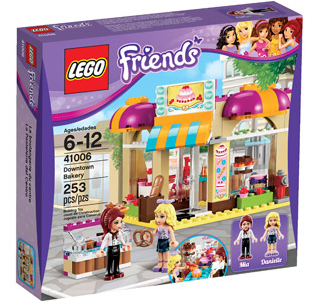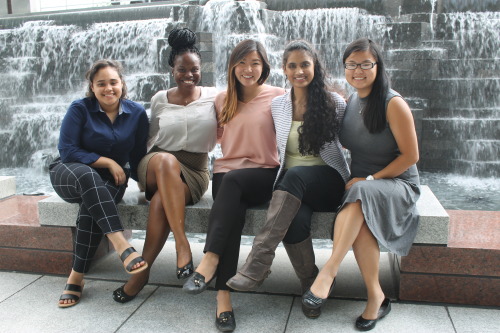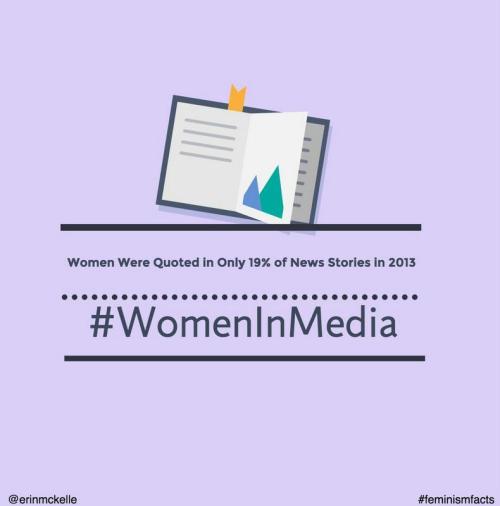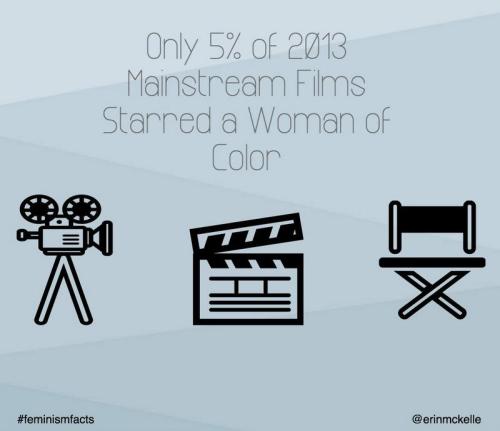#women in media
Hello lovies! I’ve been on an unplanned tumblr hiatus, but am working on cleaning up this blog (or starting a new one if xkit keeps mucking around). Either way I should return to regular posting within the next week or so.
In the interim! Please head over to the sparkly new youtube channelMs.Mojoandsubscribe please! Watch Mojo is a good channel if you’re into top 10′s (why are these so addicting?) but you do have to wade through the male-centric muck. Ms.Mojo was just launched last week to address this issue and the whiny shit babies are out in force. Brace yourself and look at the comments on this innocuous vid featuring feminist icons! So please check Ms.Mojo out,make suggestions for lists you would like to see and let the producers know we are here for more woman-centric media :)
If you want to understand why the new Lego female scientist kits are such a big step forward, compare them to earlier Lego efforts to capture the little-girls-who-like-to-build-things demographic. The absence of princess-y pastels and pixie preciousness (not to mention boobs, as in the “rock star” Lego figure above) is awesome.
For more on how the “Research Institute” line came to be, mentalfloss has the scoop here.
(All images via Lego)
Post link
The companies in MoJo’s 2012 dataset: Apple, HP, Intel, Google, Cisco, Oracle, eBay, Facebook, Gilead Sciences, and VMware.
Post link
“Find your voice. Own your voice. Don’t be afraid.”
Five college journalists drawn from campuses from coast-to-coast got a two-day crash course in movement-building from experts in the legal, nonprofit and public-relations fields. The Aug. 18-19 workshop marked the kickoff of the inaugural round of Active Voice fellowships, awarded to college students with inventive ideas about improving the press-freedom climate in high schools.
We’re so excited to have you, and can’t wait to see your projects!
Post link
We need more women in the media on every level and in every aspect. That’s a given.
We also need better men in the media, on every level, and in every aspect.
Women in the media still have to achieve twice as much as men to get half the respect, both behind the scenes and on screen.
Chris Rock, while remarking on Obama being the first black U.S. president, said “That’s not black progress. That’s white progress. There’s been black people qualified to be president for hundreds of years.” This same sentiment applies to feminism. If we’re seeing more women in the media, it’s not because women have gotten better. It’s because men have gotten better. Ultimately, if we want to continue making things better for women, it’s men’s behavior that has to change. If we want to bring more women into male dominated fields, men need to stop creating hostile work environments for them.
And this is why I grow so weary of feminist media that continues to surround its female leads with Loveable MisogynistTMandNice GuyTM male protagonists.
We need more protagonists like Steve Rogers, who accept rejection with grace, instead of treating flirtation like a sales transaction to be haggled over. We need more protagonists like Wade Wilson, a man in his mid thirties who thinks getting hit on by an woman nearly half his age is awkward and disturbing, instead of sexy, and who genuinely respects and admires his age-appropriate girlfriend who does sex work. We need more Fury Road version Max Rockatanskys, more Finn
Damerons, more Peeta Mellarks, and more Raleigh Beckets.I by no means want to devalue the importance of calling out problematic male behavior. On the contrary – it’s important to show that even well meaning men can unintentionally cause harm.
But there’s no point telling men and boys “what not to do” if we’re not also showing men and boys what they should be doing.
When the media fails to consistently portray positive male role models, the consequence of this failure is the normalization of male entitlement, casual misogyny, and other sexist micro-aggressions and macro-aggressions.
Yo, I feel this way about most forms of social justice and call-outs: you can’t just leave it at identifying the problem, you need to show how to fix it too. You need examples of how disparities in privilege can be navigated gracefully and fairly; what recovering from beingwrong looks like; what respect looks like; what self-control and humility looks like; what combating inequality looks like.
Positive media examples are one of the best ways to do this. I feel like mobbing everything that’s “problematic” is a great way to make yourself feel good, like you’re punching up, but that’s the easy part. Trying to make something that people can look up to and be a good role model is contentious and scary. People will disagree with you. What you make will never be enough to combat all the negative stereotypes that need addressing.
That’s why it’s important to remember that there’s more than ONE way to be a positive example, and we need ALL of them. Having a good protagonist or a good role model who inspires one kind of person may not be the right model for every person. It’s important to have quantity; you can’t load all the expectations of being the perfect role model or character on ONE person. It’s impossible, and in fiction, it’s boring. It’s belief-straining. We need Steven Universes AND Mad Maxes AND Ray Holts etc etc. The more examples you have, the less need there is for every one of them to be perfect, and the more room there is to explore variety.
it feels like every time I watch a “good” or “well-received” or “classic” movie it’s always chock full of misogyny. and my partner moves past it, ignores it, for the sake of the rest of the movie, and I never can. it always ends with me upset and my partner annoyed (because why do I have to ruin it every time?). when will it end?




DirectorLauren Faust in the documentary Inside Sony Pictures Animation.

See this infographic in greater detail here.
Images of female celebrities without makeup is a popular feature in tabloid newspapers and gossip and fashion magazines. Who looks the best? Who looks the worst?Do you recognise these celebrities without makeup?(Yes, always. It’s not really a challenge.)





So, what’s happening here?
These articles, and many of their readers, are simultaneously shaming these women for wearing makeup and for not wearing makeup. By wearing it, they are deceitful about their true appearance, yet their natural faces are just too “shocking” for them not wear makeup. Damned if you do, damned if you don’t.
Occasionally, someone will try to defend these features. They claim these magazines are just presenting reality as it is and thus crushing beauty ideals.They claim these images are empowering women:
See, if even Beyoncé looks like crap, then you’re okay too! It’s all just makeup and Photoshop! No one is really that beautiful!
But if the headlines call these celebrities “shocking” and"unrecognisable“, are these articles really empowering women? Or are they just telling their female readers (and the concerned celebrities) that maybe they shouldn’t ever leave their house without their makeup on? Aren’t they really saying that the natural look just doesn’t work for anyone? And if the natural look doesn’t even work for Uma Thurman, you can’t possibly be fine just as you are, you regular woman reader you! No, they are not empowering at all, they are just encouraging further girl-on-girl-hate.
If you have to drag down one woman (famous or not) in order to empower another, you’re not really empowering her.











